When it comes to leggings, the fabric you choose can have a significant impact on both your comfort and the health of your skin. While cotton leggings have long been a popular choice for their natural softness and breathability, synthetic fabrics like polyester, spandex, and nylon have gained traction for their performance-enhancing qualities. But which is better for your skin? In this article, we’ll compare cotton leggings with synthetic fabric options to help you decide which material is the best fit for your skin’s needs.
1. Understanding Cotton Leggings
Natural Comfort and Breathability
Cotton leggings are made from natural fibers derived from the cotton plant. These leggings are renowned for their softness, breathability, and comfort. The natural properties of cotton allow for better air circulation, which helps to regulate body temperature and reduce sweating. This makes cotton leggings an excellent choice for everyday wear or for lounging around the house, especially in warm weather.
Benefits for Your Skin:
- Breathability: Cotton allows your skin to breathe, which helps prevent sweat buildup and potential skin irritation. This is particularly important for individuals with sensitive skin or those prone to conditions like acne or eczema.
- Softness: Cotton is gentle on the skin and reduces friction, making it a great option for those with sensitive or easily irritated skin.
- Hypoallergenic: Since cotton is a natural material, it’s less likely to cause allergic reactions compared to some synthetic fibers.
However, cotton is prone to absorbing moisture, which can leave you feeling damp if you’re engaging in intense physical activity or exercise. This can sometimes lead to chafing, especially if the leggings are too tight or don’t wick moisture away effectively.
2. Exploring Synthetic Fabric Leggings
Performance and Durability
Synthetic fabrics, including polyester, spandex, and nylon, are commonly used in activewear because of their ability to stretch, compress, and wick moisture away from the body. These materials are often blended together to create leggings that offer high-performance benefits, such as enhanced flexibility and support during workouts.
Benefits for Your Skin:
- Moisture-Wicking: Synthetic fabrics are designed to pull moisture away from the skin and towards the outer surface, where it evaporates more easily. This can help keep you dry and comfortable during exercise, preventing excessive sweating from sitting on your skin.
- Elasticity: Materials like spandex and Lycra provide excellent stretch and support, which helps to contour your body and reduce friction.
- Durability: Synthetic fabrics are more resistant to wear and tear than cotton, making them a durable option for those who wear leggings regularly for activities like running or yoga.
On the downside, synthetic fabrics don’t always allow your skin to breathe as well as cotton. They tend to trap heat and moisture, which can create a breeding ground for bacteria, leading to potential skin irritations or rashes. This is especially a concern if you’re wearing synthetic leggings for long periods or during vigorous physical activity.
3. Skin Sensitivity: Which Fabric Is Gentler?
Cotton: Gentle on Sensitive Skin
Cotton leggings are often the preferred choice for those with sensitive skin. Since cotton is a natural fiber, it is less likely to irritate the skin compared to synthetic materials. If you suffer from conditions like eczema, psoriasis, or rosacea, cotton is usually the safer option. It is less likely to cause friction, and its soft texture is unlikely to cause irritation.
Considerations: Even though cotton is generally gentle on the skin, it can absorb moisture, which could cause irritation or discomfort if worn in hot or humid conditions. When cotton becomes wet, it can also trap sweat, which may increase the risk of fungal infections or rashes.
Synthetic Fabrics: Potential for Irritation
Synthetic fabrics are typically treated with chemicals to enhance their properties, such as moisture-wicking abilities or elasticity. However, these chemicals can sometimes irritate sensitive skin or cause allergic reactions, especially when the fabric is in prolonged contact with the skin. This is more likely to occur with lower-quality synthetics or leggings that have not been treated with hypoallergenic finishes.
Additionally, synthetic fabrics can trap sweat against the skin, which may increase the likelihood of breakouts or skin irritation, particularly in areas where the leggings are tight, such as the waistband or thighs.
4. Breathability: Which Fabric Keeps Your Skin Cool and Dry?
Cotton: A Natural, Breathable Choice
Cotton leggings excel when it comes to breathability. The fibers allow air to circulate freely, keeping your skin cool and reducing the chances of excessive sweating. This makes them an excellent choice for casual wear or in warmer weather.
However, cotton’s moisture retention can be a drawback when it comes to high-intensity workouts. When cotton absorbs sweat, it becomes heavier and takes longer to dry, leaving you with a damp feeling. This can cause discomfort and, over time, may increase the risk of chafing.
Synthetic Fabrics: Moisture-Wicking for Active Lifestyles
Synthetic fabrics like polyester, spandex, and nylon are engineered for performance. They are moisture-wicking, meaning they draw sweat away from the skin and help it evaporate. This can be especially beneficial during workouts or other physical activities, as it helps keep your skin dry and reduces the risk of irritation from wet fabric.
However, while these fabrics excel at moisture control, they are often less breathable than cotton. They can trap heat and sweat, which may lead to discomfort in hot conditions. Some synthetic fabrics are also prone to holding onto odors, which can be frustrating if you’re wearing them for extended periods.
5. Durability: Cotton vs. Synthetic Fabrics
Cotton: Soft but Less Durable
Cotton is a soft, natural fabric, but it isn’t as durable as synthetic options. Over time, cotton leggings may lose their shape or experience pilling, especially after multiple washes. If you’re wearing leggings frequently or for intense physical activity, cotton might not hold up as well as synthetic materials.
Synthetic Fabrics: Long-Lasting and Resilient
Synthetic leggings are generally more durable than cotton. They are designed to withstand frequent washing, stretching, and intense use. Their elasticity helps them retain their shape, so they won’t sag or lose their fit as easily as cotton leggings. If you’re looking for leggings that will last longer and withstand the wear and tear of daily activity, synthetic fabrics are a better option.
6. Environmental Impact: Natural vs. Synthetic Fibers
Cotton: Biodegradable but Resource-Intensive
Cotton is a natural fiber, which means it’s biodegradable and can decompose without causing harm to the environment. However, cotton farming can be resource-intensive, requiring large amounts of water and pesticides. Organic cotton options are available, which reduce the environmental impact of conventional cotton farming.
Synthetic Fabrics: Less Biodegradable
Synthetic fabrics, such as polyester and nylon, are made from petroleum-based resources and are not biodegradable. They can take hundreds of years to decompose, contributing to landfill waste. However, many synthetic fabrics are now being produced with recycled materials, making them more eco-friendly than their virgin counterparts.
7. Conclusion: Which Fabric Is Best for Your Skin?
The choice between cotton and synthetic leggings ultimately comes down to your personal needs and preferences. If you prioritize comfort, breathability, and softness, cotton leggings are a great option, particularly for everyday wear or lounging. However, they may not be the best choice for intense workouts, as they can absorb moisture and lead to discomfort.
On the other hand, synthetic fabrics like polyester and spandex are ideal for high-performance activities, as they offer moisture-wicking properties and durability. They keep you dry and comfortable during exercise, but they can sometimes irritate sensitive skin and may not be as breathable as cotton.
Ultimately, the best leggings for your skin depend on your lifestyle, skin type, and activity level. If you have sensitive skin or prefer a natural option, cotton leggings might be the way to go. But if you’re looking for leggings that provide moisture control and longevity, synthetic fabrics could be a better choice.
-
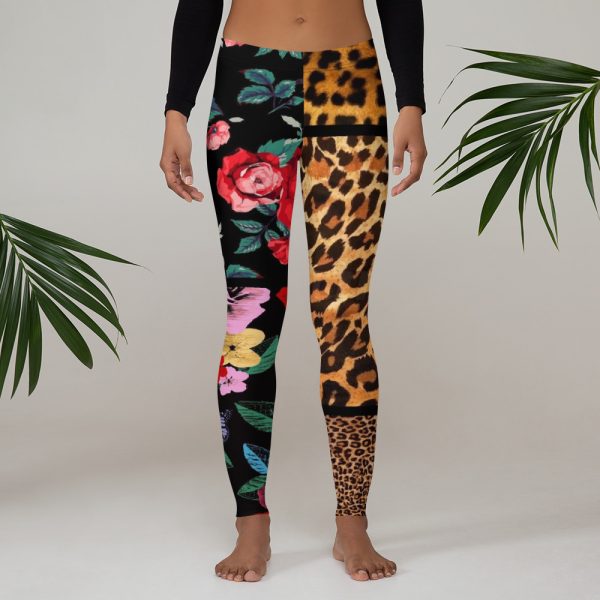 Designer Leggings Black Floral Leopard Animal Print$81
Designer Leggings Black Floral Leopard Animal Print$81 -
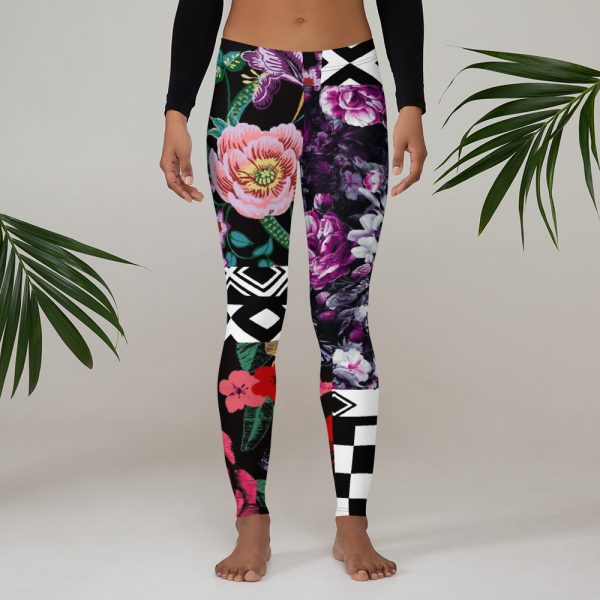 Leggings Black Floral Purple Red White Checkered$81
Leggings Black Floral Purple Red White Checkered$81 -
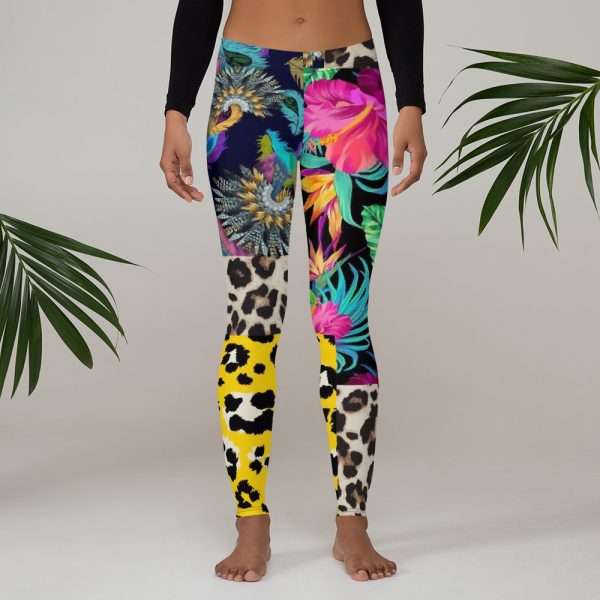 Leggings Floral Black Yellow Green Leopard Animal Print$81
Leggings Floral Black Yellow Green Leopard Animal Print$81 -
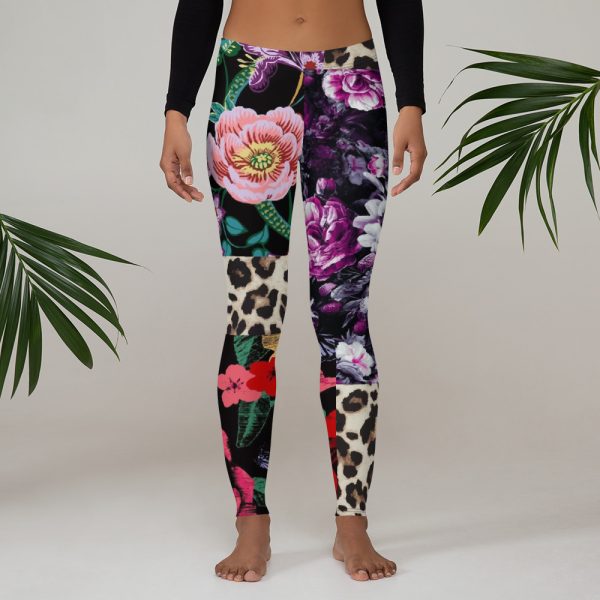 Leggings Floral Black Purple Red Leopard Animal Print$81
Leggings Floral Black Purple Red Leopard Animal Print$81 -
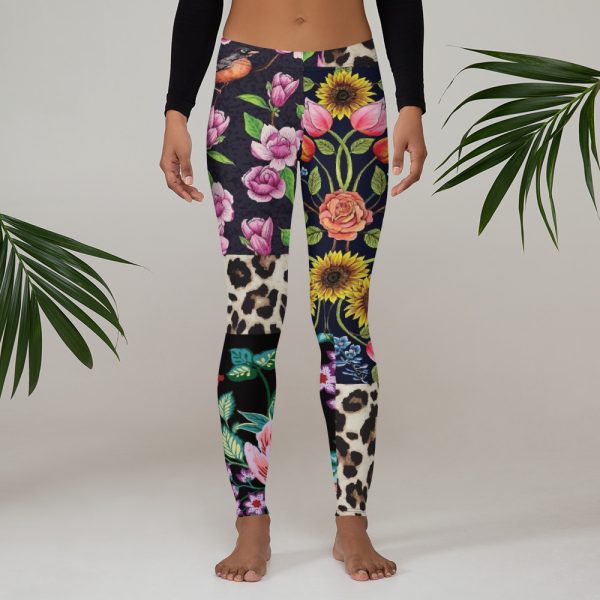 Leggings Floral Black Green Purple Leopard Animal Print$81
Leggings Floral Black Green Purple Leopard Animal Print$81 -
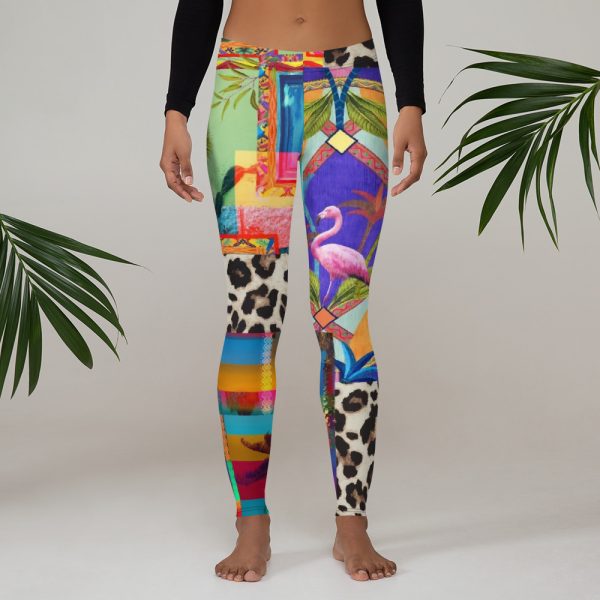 Leggings Floral Rainbow Green Green Purple Leopard Animal Print$81
Leggings Floral Rainbow Green Green Purple Leopard Animal Print$81 -
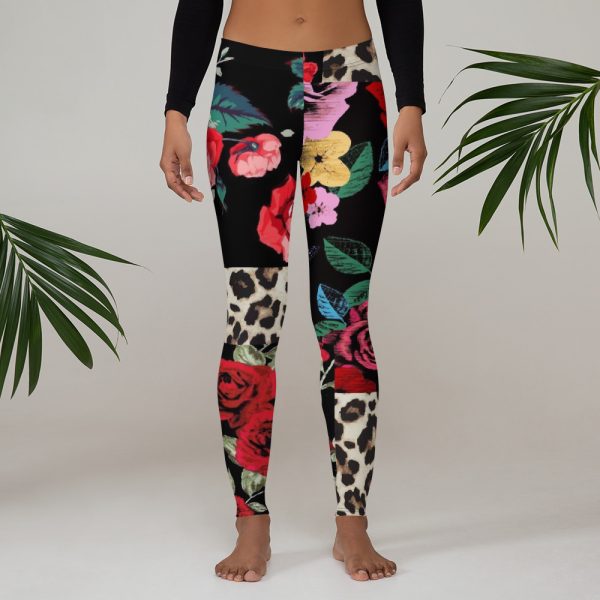 Leggings Floral Black Red Leopard Animal Print$81
Leggings Floral Black Red Leopard Animal Print$81 -
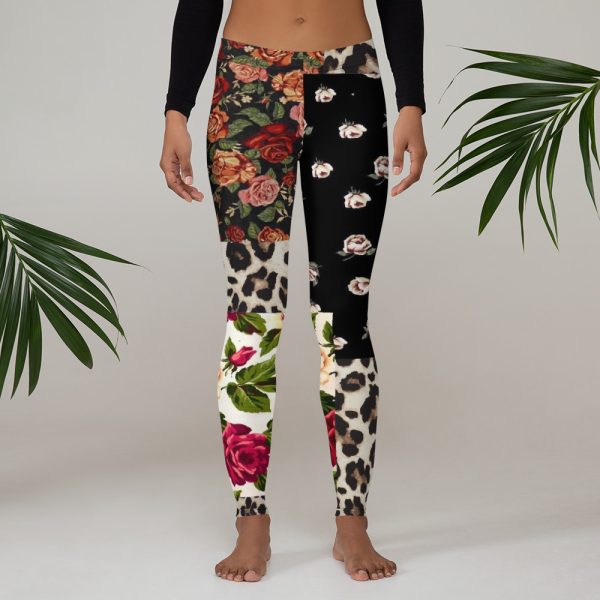 Leggings Floral Black White Brown Leopard Animal Print$81
Leggings Floral Black White Brown Leopard Animal Print$81 -
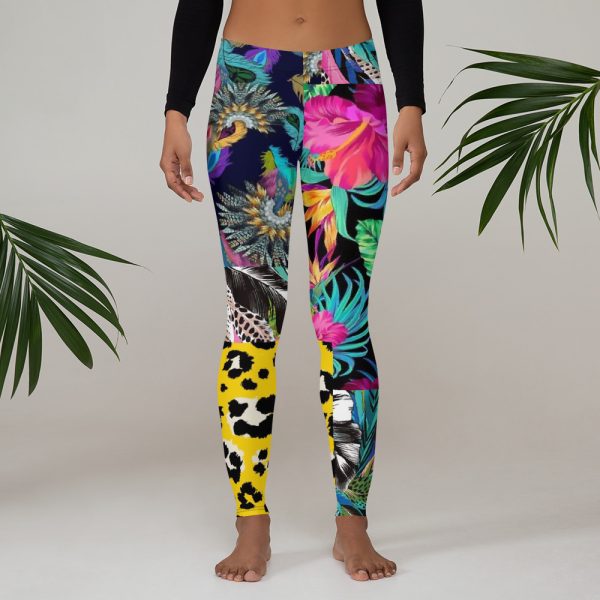 Leggings Floral Black Yellow Green$81
Leggings Floral Black Yellow Green$81